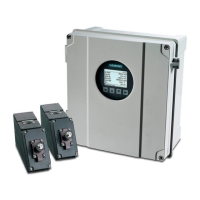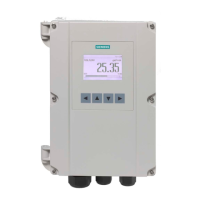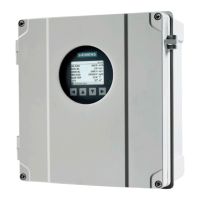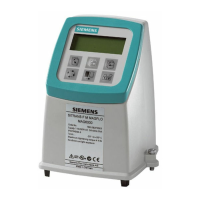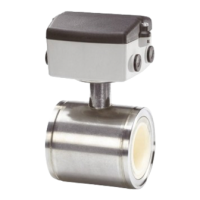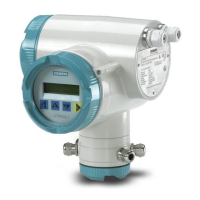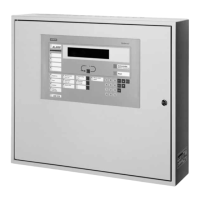5
35 |
Building Technologies
5.2 Definition of terms
↑ Auto-configuration
Auto-configuration is performed using a command on the ↑ Person Machine
Interface. In this process, the FDnet devices are read in and a configuration
created.
There are two types of auto-configuration.
● Auto-configuration of an individual FDnet detector line
● Auto-configuration of the ↑ 'Station'
Auto-configuration results in the following:
● One ↑ 'Section' is created for each FDnet detector line.
● One 'Zone' is created for each 'Sensor'-'Channel' ('Automatic detectors' and
'Manual call points').
● One 'Technical zone' is created for each 'Input'-'Channel'.
● For all 'Output' channels and for each FDnet detector line, one 'Control' is
created.
● One 'Control' is created for each alarm sounder.
● ↑ External alarm indicators are not auto-configured.
● Each 'Section' and each 'Zone' contains customer text, such as detector line
no., zone no., and serial number of the device.
Detailed information about the result of auto
configuration can be found in the '
of compatibility'.
↑ Pre-configuration
The logical elements incl. customer texts are created in SintesoWorks prior to
commissioning:
● In the 'Detection' task card up to and including 'Zone' level
● In the 'Control' task card up to and including 'Control' level ('Fire control', 'Evac
control', 'Counter control')
In addition, the logical elements can subsequently be assigned as far as possible
for alarming and control.
↑ Logical channels can be pre-configured. This makes sense if customer texts
are to be configured down to this level.
Read in by line
The FDnet detector line can be read in by sending a command via the Person
Machine Interface. During this process, the devices are listed without generating
↑ sections and ↑ zones. I.e., no corresponding logical elements are created in the
↑ 'Detection tree' and ↑ 'Control tree'.
Adaptations The following procedures are examples of adaptations:
● Entering customer text for logical elements
● ↑ Changing detector parameter sets
● ↑ Configuring alarm devices
● Configuring 'Controls'
● Configuring the power supply
↑ Non-stationary devices Point detectors installed on a base apart from radio detectors.
↑ Stationary devices All devices apart from point detectors, e.g.:
● Manual call point
● Radio detector
● Input/output modules
● Alarm sounder
● ↑ Line separator
● ↑ Radio gateway
● ↑ Floor repeater terminal
● ↑ Floor repeater display
● Mimic display driver
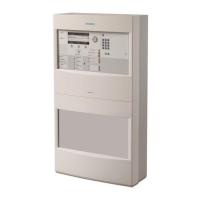
